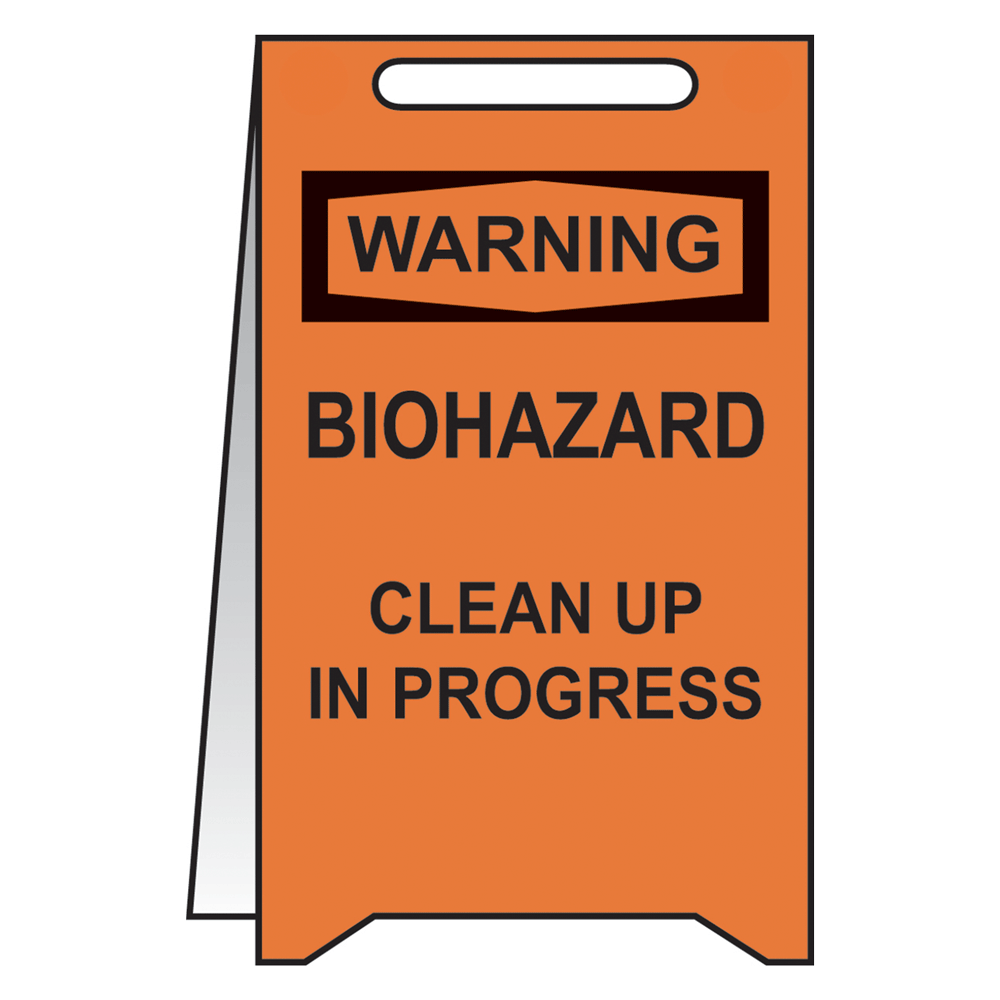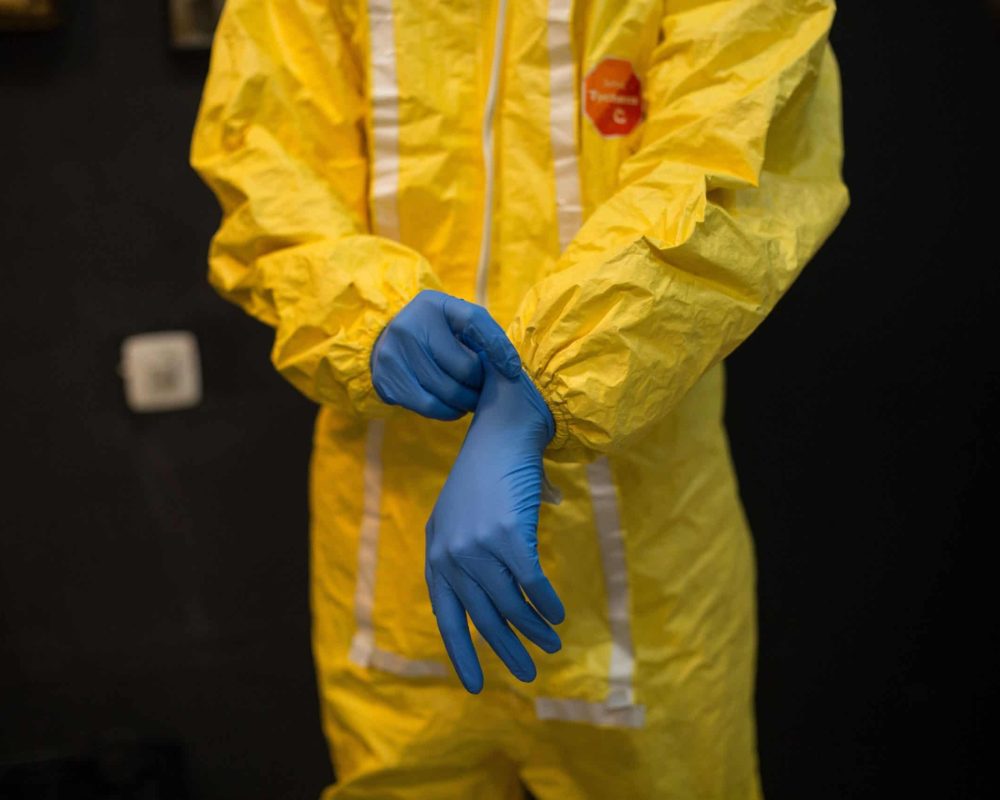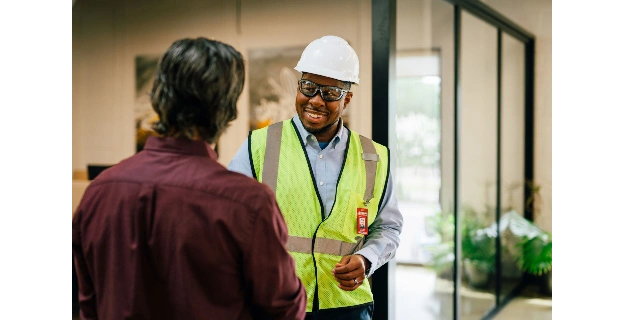Professional Blood Cleanup: Guaranteeing Safe and Thorough Decontamination
Professional Blood Cleanup: Guaranteeing Safe and Thorough Decontamination
Blog Article
Professional Biohazard Clean-up for Criminal Activity Scenes, Injury Incidents, and Infected Rooms
In the world of professional biohazard cleaning, precise attention to information and adherence to safety and security protocols are paramount. When confronted with the aftermath of a crime scene, trauma event, or any infected room, the value of correct clean-up can not be downplayed. The threats and intricacies linked with biohazards call for specialized knowledge and know-how to guarantee effective removal. As we explore the intricacies of biohazard clean-up for these sensitive environments, a much deeper understanding of the difficulties and essential treatments entailed will emerge, clarifying the indispensable role of specialist cleanup solutions in restoring safety and assurance.

Relevance of Biohazard Clean-up
Biohazard clean-up complying with criminal offense scenes and injury incidents is important for ensuring the safety of individuals and the environment. When these cases occur, they frequently leave behind a selection of biohazards such as blood, bodily liquids, and other potentially infectious materials. These materials can harbor unsafe microorganisms like bacteria and viruses, positioning severe health threats otherwise effectively cleansed and disinfected.
Expert biohazard cleaning solutions are educated to manage these unsafe materials securely and effectively. They have the needed devices, such as personal protective equipment and specialized cleaning agents, to thoroughly decontaminate the influenced locations. By entrusting the cleanup to trained experts, people can stay clear of exposure to harmful virus and stop the spread of contagious illness.
Moreover, appropriate biohazard cleaning is necessary for shielding the setting. Inappropriate disposal of biohazardous materials can pollute soil, water resources, and air, positioning a hazard to wildlife and the ecosystem. By adhering to strict clean-up protocols, specialists can make sure that biohazards are securely removed and gotten rid of based on policies, reducing the risk of ecological contamination.
Types of Biohazards Encountered
Numerous dangerous materials frequently experienced in criminal offense scenes and injury incidents existing significant health threats otherwise taken care of properly. Blood and bodily liquids are amongst one of the most usual biohazards found in these circumstances. These fluids can bring virus such as HIV, liver disease B and C, and other unsafe bacteria. Furthermore, tissues, organs, and body components can also position severe health and wellness dangers as a result of possible contamination.
Another sort of biohazard commonly experienced is sharp things like needles, broken glass, and other products that can cause injuries and transfer infections. Chemical risks are also an issue, as criminal activity scenes might have materials like tear gas, pepper spray, or medicine production materials that require specific handling and disposal treatments to avoid further injury.
Furthermore, mold and mildew and microorganisms growth can take place precede where disintegration or prolonged exposure to wetness has actually taken place. These microbes can release toxic substances and irritants into the air, presenting breathing risks to those exposed. In general, biohazard cleanup professionals need to be qualified and well-equipped to properly manage these different kinds of harmful products to ensure the safety of themselves and others.
Equipment and Protective Gear
When dealing with the essential job of handling biohazards encountered in criminal activity scenes and trauma cases, the usage of proper equipment and protective gear is paramount to ensuring the security of people involved in the cleanup process. Specialized cleansing devices like biohazard bags, sharps, and disinfectants containers are essential for the risk-free collection and disposal of infected products. Making certain that all equipment is effectively maintained, regularly evaluated, and used according to safety guidelines is crucial in decreasing the threat of direct exposure to biohazards during cleaning operations.
Cleaning Refine and Strategies
Efficient and complete cleanup of biohazardous products from criminal activity scenes and trauma cases requires thorough focus to information and adherence to rigorous security protocols. The cleaning process generally includes numerous crucial actions. Originally, the location must be evaluated to figure out the degree of contamination and the Check This Out ideal cleansing strategies required. Next, all biohazardous materials, consisting of blood, bodily fluids, and tissue deposits, have to be thoroughly removed and gotten rid of according to regional regulations.
Adhering to the elimination of biohazardous products, the afflicted location undertakes an extensive cleaning and sanitation procedure. This action entails using specialized cleansing agents and tools to make certain that all traces of contamination are eradicated. After cleaning, the area goes through strenuous screening to confirm that it is safe and totally free of any type of remaining biohazards.

Decontamination and Disposal Procedures
To guarantee complete purification and appropriate disposal of biohazardous materials, following the precise cleaning procedure, details procedures must be thoroughly followed with strict adherence to security methods. Decontamination involves the removal or neutralization of impurities to decrease the danger of exposure and spread of hazardous substances. This process typically consists of cleaning, sanitizing, and sterilizing the affected area utilizing specific read the article equipment and EPA-approved chemicals.
As soon as decontamination is completed, appropriate disposal of biohazardous materials is essential to avoid further contamination or injury. Biohazardous waste, such as physical liquids or blood-soaked materials, should be carefully collected, packaged, and identified according to regulative guidelines. ATP testing. These materials are then transported to licensed centers for disposal via proper channels, making certain compliance with regional, state, and federal guidelines

Conclusion
Finally, expert biohazard cleanup is important for ensuring the risk-free and efficient elimination of unsafe materials from criminal offense scenes, trauma cases, and polluted rooms. By using customized devices, protective gear, and adhering to appropriate cleaning processes and strategies, biohazard cleaning groups can successfully dispose and sanitize of biohazards, minimizing the danger of direct exposure and harm to people and the environment.
As we delve into the ins and outs of biohazard clean-up for these sensitive atmospheres, a much deeper understanding of the obstacles and vital procedures included will arise, shedding light on the important role of expert cleaning services in recovering safety and security and tranquility of mind.
Expert biohazard clean-up solutions are educated to take care of these harmful materials safely and properly. By complying with stringent cleaning methods, specialists can make certain that biohazards are safely removed and disposed of in conformity with laws, lessening the threat of ecological contamination.
Overall, biohazard cleanup professionals have to be fully equipped and qualified to effectively deal useful source with these different types of hazardous materials to guarantee the security of themselves and others.
When dealing with the important task of managing biohazards encountered in criminal activity scenes and trauma incidents, the usage of correct devices and safety equipment is critical to making sure the safety of people included in the cleaning procedure.
Report this page